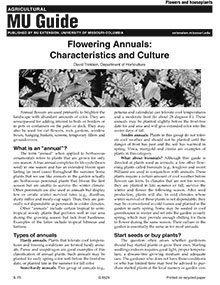

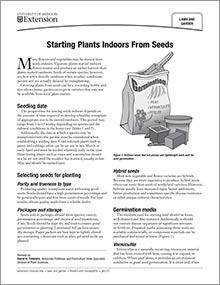
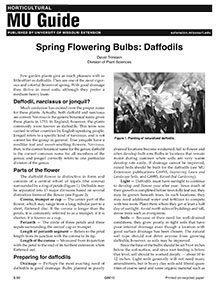
Spring Flowering Bulbs: Daffodils
Reviewed
Daffodils are vibrant, low-maintenance spring flowers that thrive in well-drained soil and sunlight, offering lasting garden beauty.
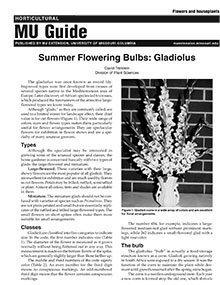
Summer Flowering Bulbs: Gladiolus
Revised
Gladiolus, commonly known as 'glads,' are prized for their vibrant colors and are ideal for cut flower arrangements.
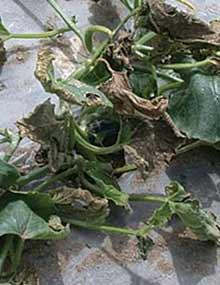
High Tunnel Melon and Watermelon Production, Page 04
Revised
Bacterial wilt is a serious disease of melons that is transmitted by spotted and striped cucumber beetles that feed on melon foliage.
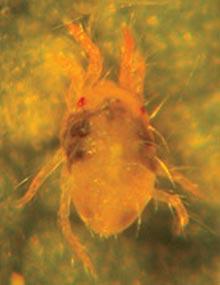
High Tunnel Melon and Watermelon Production, Page 07
Revised
Spider mites are small, oval-shaped arthropods that can be found on the underside of leaves, where they congregate and suck sap from the plant.
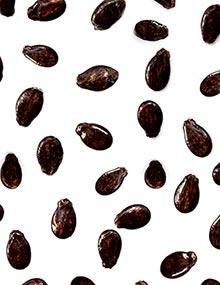
High Tunnel Melon and Watermelon Production, Page 10
Revised
Find sources of melon and watermelon seeds
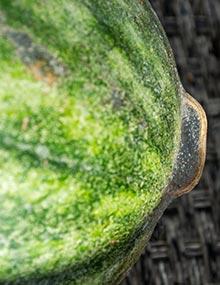
High Tunnel Melon and Watermelon Production, Page 02
Revised
Maintaining healthy, nonstressed plants, managing the high tunnel environment properly, preserving beneficial insects and early pest detection will prevent many pests from becoming a problem within the high tunnel.
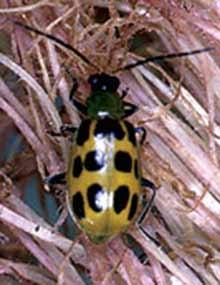
High Tunnel Melon and Watermelon Production, Page 05
Revised
Within two weeks after transplanting, begin scouting for cucumber beetles in the high tunnel. Use yellow sticky traps to detect cucumber beetles.
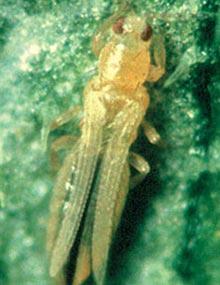
High Tunnel Melon and Watermelon Production, Page 08
Revised
Thrips are small, elongated insects that can be a serious insect pest of high tunnel melons and watermelons and are usually found clustered in flowers and on the underside of leaves.
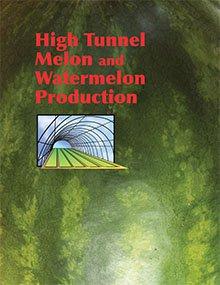
High Tunnel Melon and Watermelon Production
Revised
High tunnels extend the growing season and shield melons and watermelons from pests and weather extremes. This guide offers detailed cultivation practices.
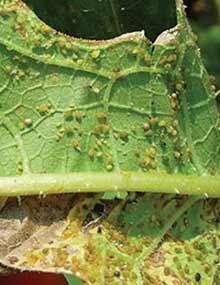
High Tunnel Melon and Watermelon Production, Page 03
Revised
Melon aphids congregate on lower leaf surfaces and cause cupping of the leaves
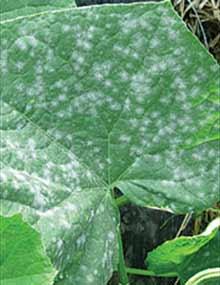
High Tunnel Melon and Watermelon Production, Page 06
Revised
The dry, humid and dense plant growth within a high tunnel is optimal for development of powdery mildew.
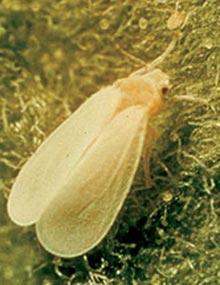
High Tunnel Melon and Watermelon Production, Page 09
Revised
Whiteflies are small, soft-bodied insects with wings covered with white, powdery wax that damage plants by sucking the sap and transmitting harmful viruses.
Collective Bargaining 3: Effective Negotiations, Background Information - Page 2
Revised
Research agenda Research agenda
Early in the bargaining process, a local union may want to develop a research agenda to gather data useful in negotiations.

Collective Bargaining 5: Bargaining Techniques
Revised
In this section, some of the major techniques and tactics relevant to the actual bargaining sessions with management are discussed. Visit our site today.
Collective Bargaining 5: Bargaining Techniques - Page 4
Revised
Caucus
An important tactic in the collective bargaining process is the effective use of a caucus. A caucus is the opportunity for the parties to withdraw temporarily from direct negotiations one another. A caucus can and should be used in several different situations to make sure that negotiations are progressing in an appropriate manner.

Collective Bargaining 1: Historical Models of Collective Bargaining in the U.S.
Revised
Explore historical models of collective bargaining in the U.S., from early political and economic unions to modern labor organization strategies.
Collective Bargaining 1: Historical Models of Collective Bargaining in the U.S. - Page 4
Revised
Labor market factors Labor market factors
The employer's ability to pay is also influenced by its ability to cut the costs of production by increasing productivity.
Collective Bargaining 1: Historical Models of Collective Bargaining in the U.S. - Page 7
Revised
Development of appropriate bargaining structures Development of appropriate bargaining structures
In addition to worker organization, a union must also develop a bargaining structure that allows the union t
Collective Bargaining 3: Effective Negotiations, Background Information - Page 3
Revised
Preparation of demands (changes to the CBA) Preparation of demands (changes to the CBA)
There are two aspects of the process of preparing bargaining demands or proposals.
Collective Bargaining 4: The Bargaining Climate - Page 2
Revised
The goals of the employer
While the list of potential union goals in bargaining is unlimited historically, it has been suggested that management has a much shorter bargaining agenda.
Collective Bargaining 5: Bargaining Techniques - Page 2
Revised
Explore key procedural strategies in collective bargaining, including setting ground rules and managing negotiations effectively.

Just Cause Basics
Revised
Explore the seven tests of just cause in employment discipline, their origins, and application in unionized and non-unionized workplace settings.